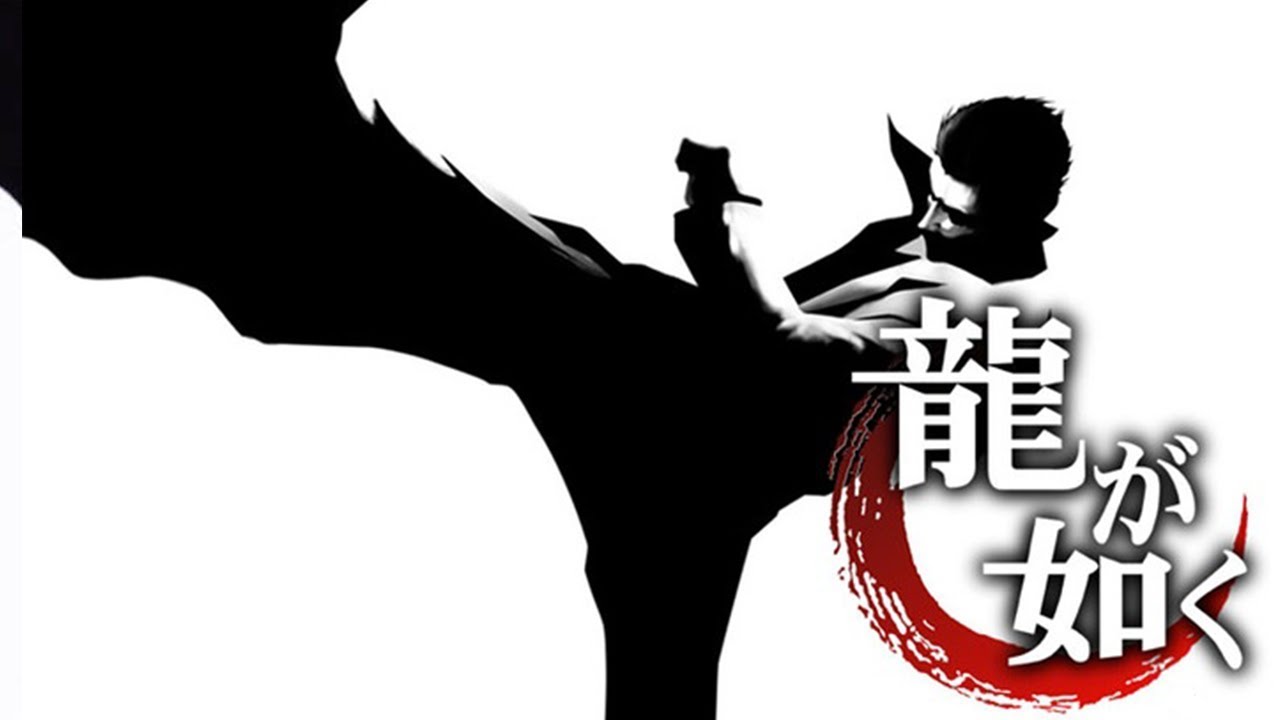Share
Since the release of Pokémon Red and Blue in 1998, countless games and series have tried to imitate the formula. The monster collecting genre has been bound by Pokémon since the beginning, but occasionally a game comes along that tries to do something different. Coromon is one such game, and after spending a few hours with the game, it might have enough unique ideas to separate itself from the crowded selection of Pokémon-likes.
Familiar First Steps
Coromon starts out just like the classics of the genre, as your character is woken up by their mother, the day they’re set to get their very own Coromon. You aren’t going to be a trainer, however, but instead will be joining the Lux Solis company as a research assistant. Your task is to use the company’s technology to investigate the mysteries of the world, and more specifically six massive Titan Coromon whose powers have started going wild.

The first striking difference about Coromon is how much of a focus it has on the story, choosing to give a voice to your character, unlike most monster catchers. It has much more of a “classic RPG” feel than Pokémon, and that also applies to the variety of side quests that get added to your logbook while exploring.
If it ain’t broke, don’t fix it
Of course, the core tenets of Coromon’s gameplay are all very similar to Pokémon. You build a party of six Coromon and take part in turn-based battles, with each Coromon falling into a specific “type.” Instead of each move having a set amount of uses, Coromon have a stock of SP, with each move subtracting a set amount. Think of an MP system in a typical RPG, but it applies to every move.

Perhaps my favorite feature in Coromon, however, comes with its leveling system. Each Coromon levels up with experience, but each one also has a separate gauge that corresponds to its “hidden potential.” As you might expect Coromon gain a stat boos when they level up, but when the hidden potential gauge is filled you get three skill points to sink into any stat you want. This helps provide more control over how you want to build your party, and I really enjoyed the variety it lets you instill in your Coromon.
Instead of TMs and HMs, you get plug-ins for your gauntlet that let you interact with the world in various ways. The two modules I unlocked were Push (letting me push items like logs out of the way) and Stink (an ability that stops will Coromon from appearing in the grass you use it in.)

Past all that, Coromon’s combat is about what you’d expect from the monster catcher genre, but the gorgeous pixel art helps make everything pop. While I only saw a handful of Coromon designs, what I’ve seen so far is fairly imaginative and distinct. My particular favorite is Lunarpup, a sort of dog with a skull mask and a little moon that floats above it. Coromon also does a good job of giving each area in the game its own visual identity, making each one feel distinct.
The eight or so hours I spent with Coromon showed a lot of promise, from its visual style to different takes on battle and levelling. The key to any Pokémon-like game, of course, is the whole package and how satisfying its collecting and adventuring is. Despite a strong first showing, I hope Coromon can stick the landing.




